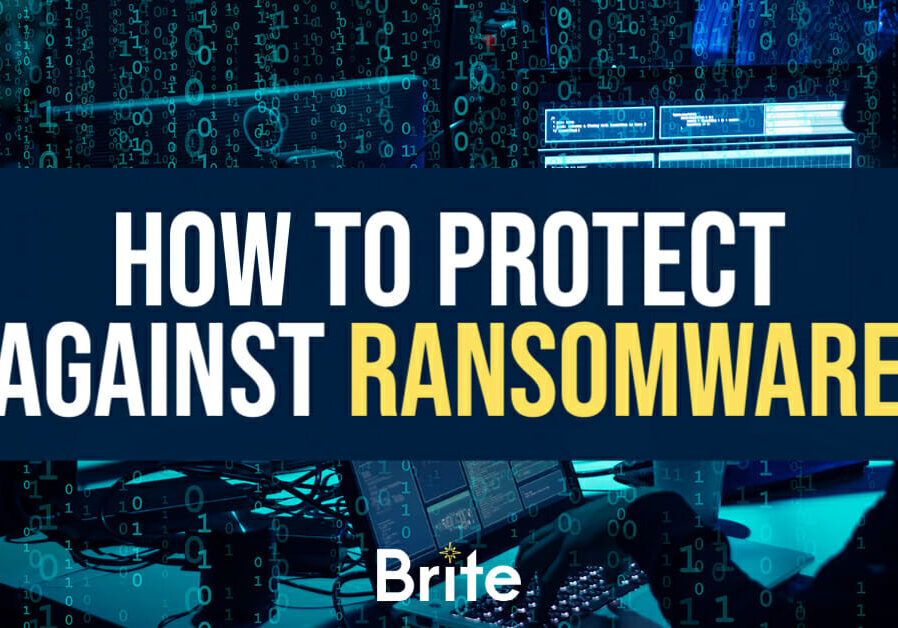How to Protect Against Ransomware
June 30, 2021
Breaches once again dominated headlines. Colonial Pipeline first made headlines after falling victim to a ransomware attack and suffered the consequences. Now, there’s been a growing list of attacks – including the recent Kaseya attack. These are merely two examples of many attacks impacting business operations. The unfortunate reality is no person or organization is immune from attacks. How do you protect against ransomware? Fortunately, there are security tools to put in place to reduce risk and impact.
Ransomware in action: How the Kaseya attack occurred
The latest ransomware attack compromised 1,500 businesses across the globe. Kaseya, an IT management software utilized by MSP and IT teams announced the sophisticated attack on Friday, July 2, and advised all customers to shut down on-prem servers immediately. It was suggested to also take cloud services offline as a precautionary step. Ultimately, taking businesses completely offline.
What’s known about the Kaseya hack so far:
- REvil, a known Russian ransomware-as-a-service group claimed responsibility for the attack
- 60 MSPs were targeted, ultimately allowing the ransomware to spread to fewer than 1,500 businesses in 17 countries
- Initial research shows multiple zero-day vulnerabilities in Kaseya’s software
- REvil shared a note that if it was paid $70 million in bitcoin, it would release a decryption tool that would allow businesses to restore data
The takeaway from this recent attack is that ransomware is still prevalent (and damaging). When being targeted, a defensive game is being played. Luckily, proper preparation makes playing the defensive an easy task.
How to protect against ransomware attacks
We would all like to avoid being the next Colonial Pipeline. To do that, a series of cybersecurity tools must be implemented and properly managed for awareness and protection. With a combination of proactive protection, rapid detection and appropriate response tools you can easily create a multi-layered approach.
Email security: Phishing emails and ransomware often go together due to the high success rate of attacks. As a result, upgrade your email security tools for additional coverage against these unsuspecting attacks. We dive into more detail in this blog “Your Guide to Email Security”.
User Awareness: In the same breath as email security and phishing is user awareness training. Educate end-users not only on the latest tactics with training modules but with simulated attacks so they can learn to identify phishing emails right in their inbox.
Monitoring and Management: Yes, tools are critical for protection. However, it takes constant monitoring and management of the network to identify threats and attacks, as well as configuration, orchestration and automation to stay ahead of new threats.
Backup: Also known as Business Continuity and Disaster Recovery, constant and consistent backups create a safeguard for if a breach does occur and the attackers hold systems and data hostage for ransom. With the right backup plan, organizations can restore from the latest one with minimal data loss or business interruption.
To be on the targeted side for any cyberattack, it’s inherently a defensive approach. Luckily, with ransomware, there are numerous proactive tools and strategies that can be put in place to maximize protection against such attacks. Find out what your right toolset is with a free assessment from Brite’s team of experts.

